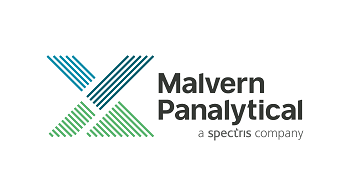The issue of how best to guarantee a successful project becomes increasingly relevant with growing numbers of manufacturers turning to on-line particle size analysis. This article examines different strategies dealing with the design and implementation of on-line particle sizing, highlighting the practical and economic benefits of choosing the one best suited to the specific project.
Introduction
The proven ability of on-line particle size analysis to transform process control and deliver considerable economic benefit in the form of reduced waste, higher throughput, enhanced product quality and lower energy consumption has seen its extensive application across the processing industries. Fundamental to the development of a project proposal are discussions associated with how best to implement the work, with a spectrum of possible options. At one end lies the turn-key solution where every single aspect of the project is taken care of by an external supplier, right through to commissioning and productive operation. The opposite extreme deals with buying in just the hardware that cannot be manufactured in-house and completing the rest of the project with existing resource.
Project Implementation
The article examines the choices around project implementation, how to make them and their impact on the success of the overall project. Typically, the installation of on-line particle size analysis deals with a number of steps, including: hardware selection; process interface design; automation and incorporation within an existing control platform; validation; and commissioning and control optimization. By examining these elements in turn, it is possible to conclude with an assessment of the pros and cons of varied implementation strategies, via the presentation of a number of example case studies.
A successful project delivers the required return, in the planned timeframe. Central to accomplishing this goal is being realistic about how the project will change operation and what it will cost in terms of money, time and expertise to deliver these benefits. How best to implement the project is considered to be a vital part of these considerations.
Conclusion
The maturation of on-line laser diffraction particle sizing has brought with it a range of choices as to how best to work with a supplier, when adopting the technology. In the past, these systems were generally purchased in the form of turn-key solutions due to the associated technical risk and the expertise needed for successfully engineering a solution. However, now it is possible to take particular elements of a project in-house. This may be beneficial for a few even though it is not the best solution for everyone. Being realistic about in-house strengths and limitations is considered to be the key to choosing the finest approach, to analyzing the technology in the best possible way, and to reaping the fullest reward.

 Read the Full Article
Read the Full Article

This information has been sourced, reviewed and adapted from materials provided by Malvern Panalytical.
For more information on this source, please visit Malvern Panalytical.